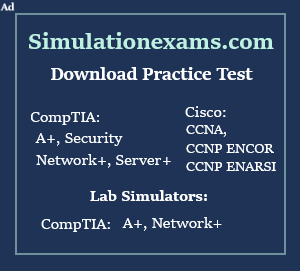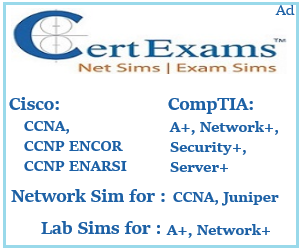Juniper JUNOS Fundamentals
2.4 JUNOS Reverting to previous configurations
In Junos, you can revert to a previous configuration by using the "rollback" command. The rollback command allows you to return to a previous version of the configuration that has been previously saved in the Junos configuration file.
The rollback command takes the following format:
rollback <number>
Where <number> is the number of the previous configuration that you want to
revert to.
For example, if you want to revert to the previous configuration, you would use the following command: rollback 1
Once you have issued the rollback command, the device will compare the current active configuration with the specified previous configuration, and it will automatically merge any changes that were made in the meantime.
It's important to note that when you revert to a previous configuration, you will lose any changes that have been made to the active configuration since the previous configuration was saved. This makes it important to save a copy of the current configuration before reverting to a previous configuration, in case you need to revert back to the current configuration later.
Additionally, before committing a change, you can preview the changes you made to the candidate configuration by using the "show | compare" command, which will show you the difference between the current active configuration and the candidate configuration.


